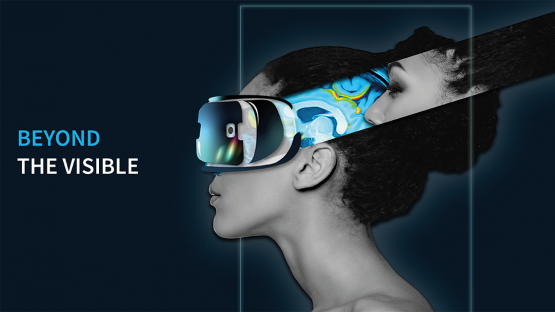In the IAEA’s last conference of the year, medical imaging will take the virtual centre stage. The International Conference on Molecular Imaging and Clinical PET-CT in the Era of Theranostics (IPET-2020) will take place Tuesday to Thursday, 24-26 November. The conference is open to the public via Webex, and registrants are eligible to receive continuing medical education credits.
The three-day virtual conference will feature 20 sessions and presentations from more than 40 lecturers and 16 young professionals from around the world, including Argentina, Australia, Brazil, France, India, Israel, Italy, Lebanon, Japan, Jordan, the Netherlands, Malawi, Poland, South Africa, South Korea, Thailand, Turkey, Uganda, the UK and the USA. “The conference will highlight important clinical aspects and appropriate use of medical imaging in the management of patients with breast, lung, lymphoma, neuroendocrine tumours, paediatric, prostate and thyroid cancers,” said Diana Paez, Head of the Nuclear Medicine and Diagnostic Imaging Section at the IAEA.
“The COVID-19 pandemic has spotlighted the importance of medical imaging in supporting those most severely afflicted by the virus. It allows us to depict cardiac, vascular and other complications and evaluate its subsequent effects,” said Jamshed Bomanji, Clinical Head of the Institute of Nuclear Medicine at the University College London. Read more about the Agency’s work in helping health professionals to evaluate and better understand the COVID-19 disease with the use of medical imaging.




